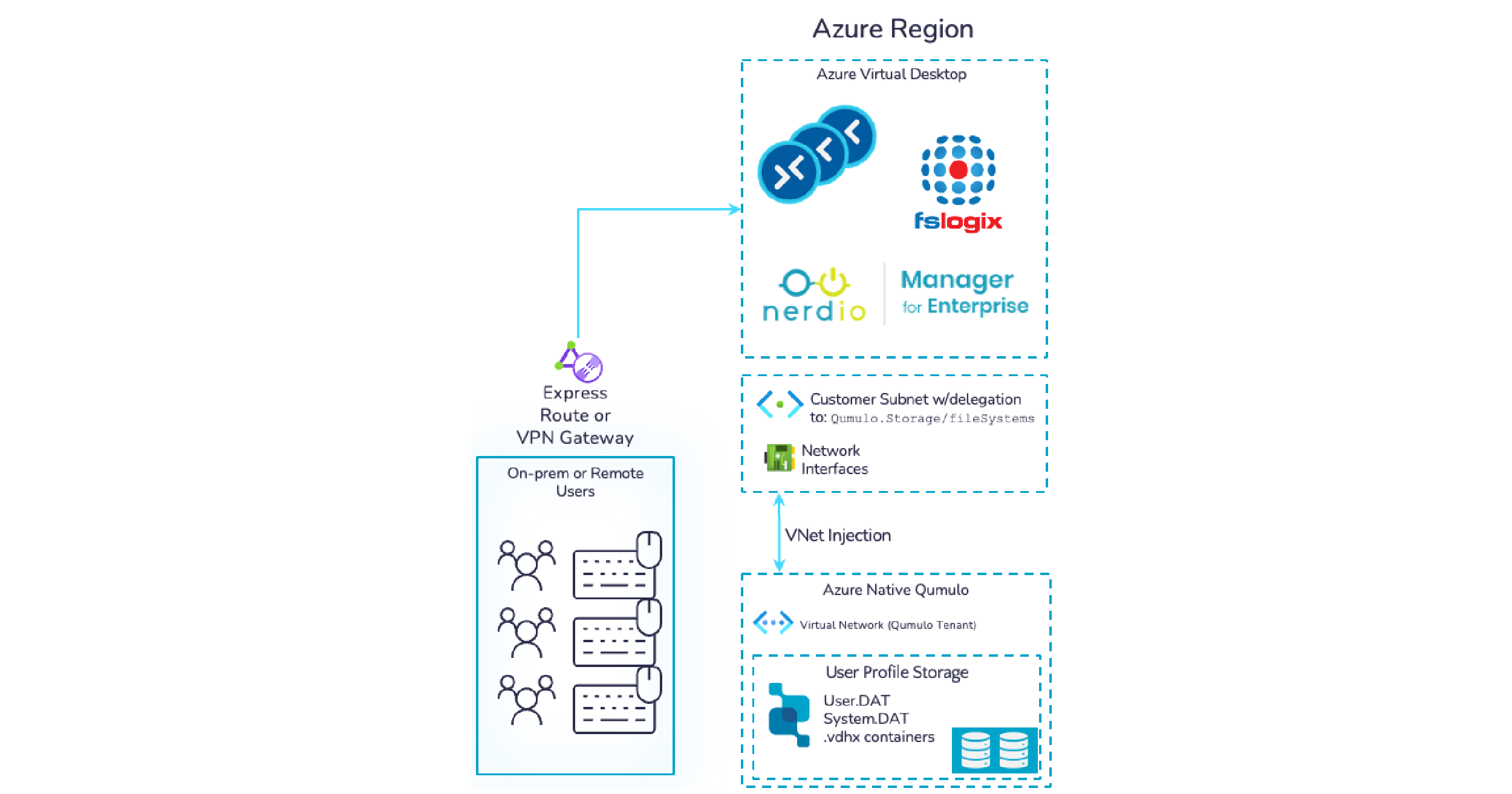Picking up where we left off…
In Part I of Accelerate Data Recovery with Qumulo we talked about some storage trends, RTO/RPO and brought up a topic probably many of you were surprised to hear from a company focused on unstructured data, databases. Yes, I’m talking about structured data. Last time we revealed that IDC projects data growth to reach 180 ZB (or 180 billion terabytes) by the year 2025. Just to give you some perspective, IDC also says 80% of the global data will be unstructured data by 2025, which presumably leaves the remaining growth in structured and semi-structured data. Recovering files and directories is one thing, but recovering foundational elements your organization relies upon is something database administrators (DBAs) have been focused on for years, and in some cases, independently of a broader IT strategy. In Part II we will revisit some of the challenges DBAs face and how Qumulo Rapid Recovery can help meet those key RTO/RPOs for application availability.
Continuing: Beyond The Application
Going back to the day-to-day for a DBA who will continually need to support testing, quality assurance, application development, performance enhancements, etc. the DBA often requires copies of the production databases to drive these functions without impacting the production environment. In most cases, the DBAs will use the native database tools, such as Oracle RMAN or SQL Export/Dump, to backup, copy or recover these critical databases. These tools for a DBA are like high-octane fuel to a Formula 1 race car. It is what speeds up their processes and where the rubber meets the road when it comes to recovering critical data.
This is where infrastructure becomes important to the DBA. Think of the infrastructure as the Formula 1 race car I mentioned previously, leveraging native database tools (high-octane fuel) to manage data copies and recoveries to meet the RTO objectives for these operations. For example, to ensure that a large multi-terabyte database can be restored quickly, it must have a high performance infrastructure to stream the data back into production or quickly recover the data into a development environment. Which is why you want a race car, and not an everyday driver.
Legacy backup-to-disk technologies, such as Dell DataDomain, provide outstanding performance for backup, but poor performance for recovery. This is where DBAs see the Qumulo advantage. The Qumulo Data Platform can provide high performance for both backup and recovery to meet the critical RTOs. Another key benefit customers experience using Qumulo Rapid Recovery comes with our SnapDiff advantage. Once data is protected with Qumulo Snapshots, our SnapDiff API will allow you to compare the change rate between snapshots. Why would this be an important benefit to highlight? There are a number of reasons why this could be important to your organization.
- As you are well aware ransomware is a pervasive threat across all IT assets, structured databases included. One of the ways many organizations are alerted to the potential threat of ransomware is in the change rate of data between backup jobs. If your data is on a Qumulo file system you can detect a ransomware attack and even take mitigating actions to reduce the impact within minutes of the attack.
- While this could produce a non-event for ransomware, it could also point to other malicious activity requiring further investigation.
- This could be used to track and chart the growth of your database over a period of time
- This can also provide you reporting on data backups that have been unused and may be orphaned that allow you to quickly and easily recover capacity for production.
And the list could go on, and on. Qumulo is uniquely positioned to provide customers this type of insight compared to other storage platforms due to our real-time data analytics and insights. And because this is all done via API, a DBA can run this as a “post-script” to look for any anomalies between the prior snapshot and the current. All of this insight is at your fingertips with Qumulo, because all of our features are included, even any future features we deliver.
Rapid Recovery to meet your RTO, and data analytics and insights as another layer of protection against any malicious intent, that’s the power of Qumulo.
We also deliver this performance flexibly through a variety of configurations. Customers can choose the performance with all NVMe Flash or a hybrid platform with a combination of NVMe Solid State Drives (SSDs) and high capacity SATA Hard Disk Drives (HDDs) for balanced economics. This provides customers with freedom, flexibility, and choice in what infrastructure meets their performance and fiscal requirements.
Winning the Race
When it comes to data protection, the winner is defined not by how fast data backup sets are stored to a repository, but by how fast you can recall those datasets and restore business as usual. In modern business environments, returning to “business as usual” usually means there is a database or two involved, which is why the old legacy solutions just don’t meet expectations. Application uptime and database availability are two important KPIs DBAs are measured against, and is the primary reason most prefer their native database tools for backup and recovery. It is their high-octane fuel, and Qumulo is the Formula 1 race car that will take it over the finish line. We have many customers taking advantage of Qumulo for Database Rapid Recovery, and depending on the organization’s unique RTO/RPO, the freedom to choose the performance model to meet those unique business goals and objectives is completely up to the customer. We know “one-size-fits-many” is not an IT strategy for success.
Data Protection: Preventing Malware Incidents with Built-In Security Controls
All NVMe + Backup and Recovery = Extreme Performance + Data Protection


